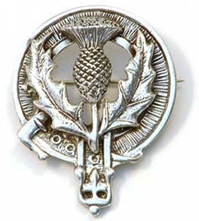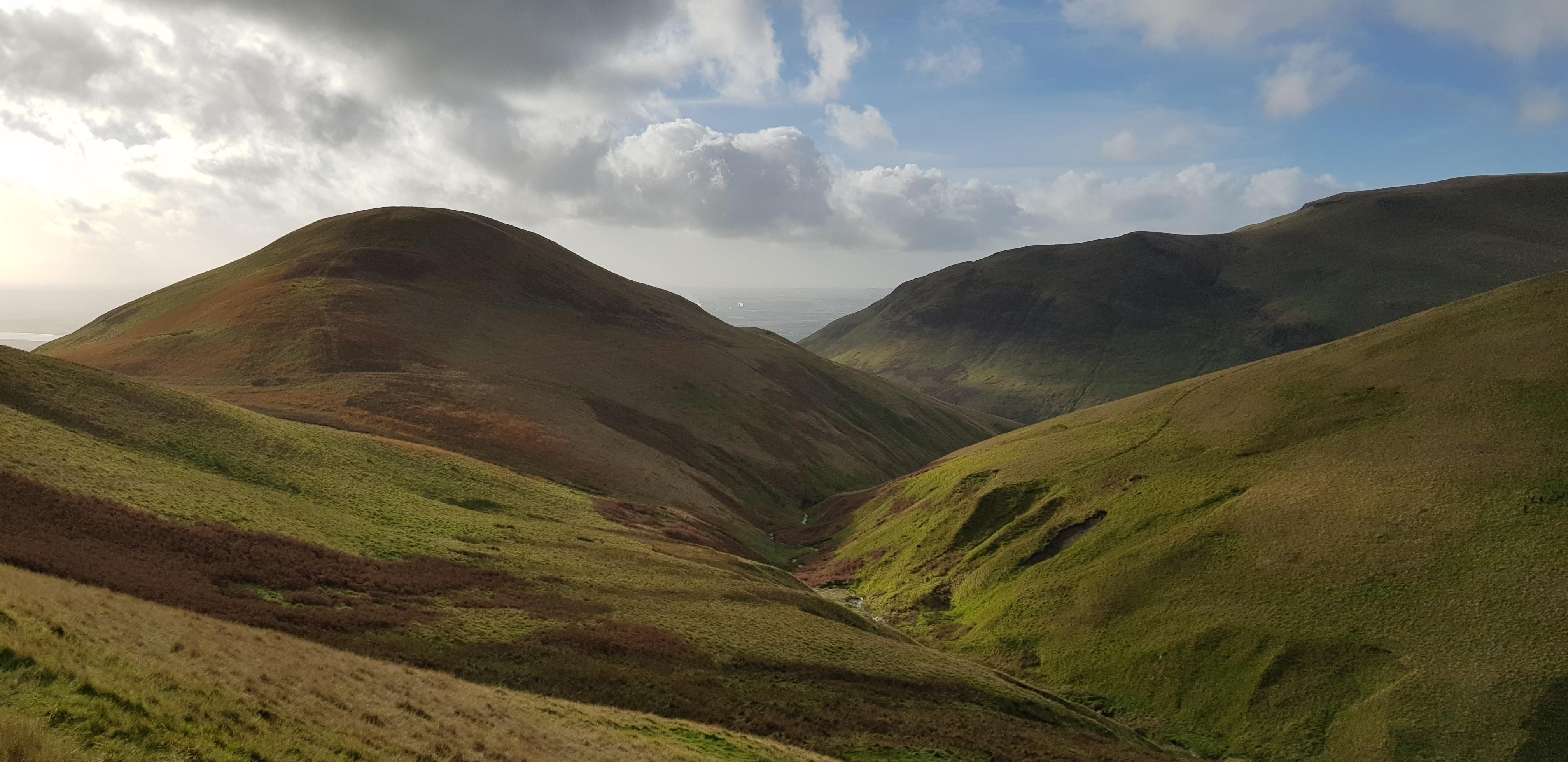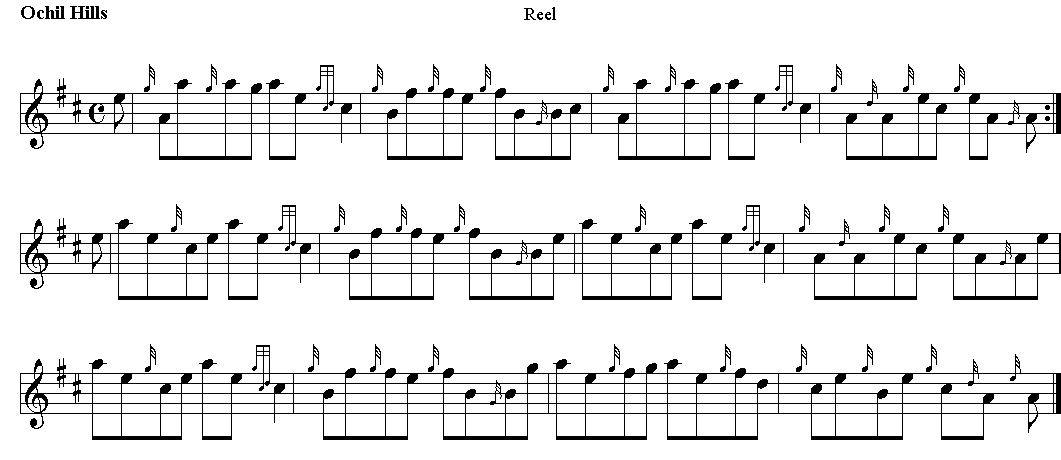 |
||

Best viewed in
|
The Ochil Hills is a range of hills in Scotland north of the Forth valley bordered by the towns of Stirling, Alloa, Kinross, Auchterarder and Perth. Historically, the hills, combined with the town's site at the lowest bridging-point on the River Forth, led to Stirling's importance as a main gateway to the Highlands. They also acted as a boundary with Fife. Castle Campbell was built at the head of Dollar Glen in the late 15th century (an earlier castle on the site had been called "Castle Gloom") mainly as a very visible symbol of the Campbell domination of the area. Sheriffmuir, the site of the 1715 battle of the Jacobite rising, is on the northern slopes of the hills. In the early Industrial Revolution, several mill towns such as Tillicoultry, Alva and Menstrie (the Hillfoots Villages) grew up in the shadow of the Ochils to tap the water power. Some of the mills are open today as museums. The name Ochil, recorded as Okhel in the 13th Century, is of Pictish origin. Ancient folklore and historical documentation suggests that the Ochils once were inhabited by the Picts, or at least that a few Pictish settlements existed in the Ochil Hills. Castle Craig, a ruined ancient fort above the village of Mill Glen destroyed by industrial quarrying, was mentioned by local historian William Gibson in 1883 as being "a round Pictish fortress, the traces of which can still be distinctly seen." Old lore also told that some of the stones from the fort of Castle Craig were used in the construction of Stirling Castle, 7.8 miles to the west.
|
|

